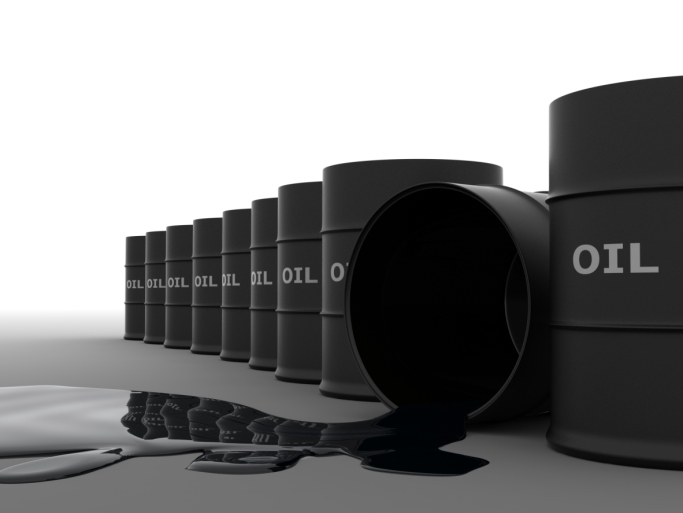The recent spike in the price of oil shows how quickly day-to-day worries about supply make longer-term supply issues academic. After months of comments and analysis about how shale and fracking should forever alter supply and demand, particularly in America, the optimism has been buried by Middle East trouble and an analysis of tightening supply. The future predictions about fossil fuels have not done much for the present.
Among the most powerful culprits blamed for the run-up in oil prices, so that they now approach $105 per barrel, are comments by the International Energy Agency that demand will rise by 1.2 million barrels a day in 2014, and a realization that political and social problems in Egypt could spread to oil-producing nations in the region. These threats, along with others to supply and forecasts of demand, have taken crude from $90 fewer that 90 days ago to current levels.
The rise in oil prices has prompted forecasts that gas prices in the United States could move toward $4 for a gallon of regular nationwide. That, in turn, could undermine the very modest growth in the economy. After nearly a year of belief that falling oil prices would grease GDP improvement, that matter has been thrown into reverse.
The U.S. Energy Information Administration and the International Energy Agency have each predicted that America will pass Saudi Arabia and Russia as the world’s largest oil producer within five years, according to The Boston Globe. Even OPEC has shuddered at the specter of a sharp rise in U.S. production and its eventual effects on global oil prices. But since these factors may not change the dynamic of supply and demand for several years, they have been pushed off the front pages as crude crossed the $100 barrier on it way up.
Fracking may make it back to the center of the discussion about oil prices, but it will take a cool-down of trouble in the Middle East and ample evidence that shale can be refined and transported effectively, as well as that demand will not unexpectedly rise worldwide in upcoming years.
Are You Ahead, or Behind on Retirement? (sponsor)
If you’re one of the over 4 Million Americans set to retire this year, you may want to pay attention.
Finding a financial advisor who puts your interest first can be the difference between a rich retirement and barely getting by, and today it’s easier than ever. SmartAsset’s free tool matches you with up to three fiduciary financial advisors that serve your area in minutes. Each advisor has been carefully vetted, and must act in your best interests. Start your search now.
Don’t waste another minute; get started right here and help your retirement dreams become a retirement reality.
Thank you for reading! Have some feedback for us?
Contact the 24/7 Wall St. editorial team.




